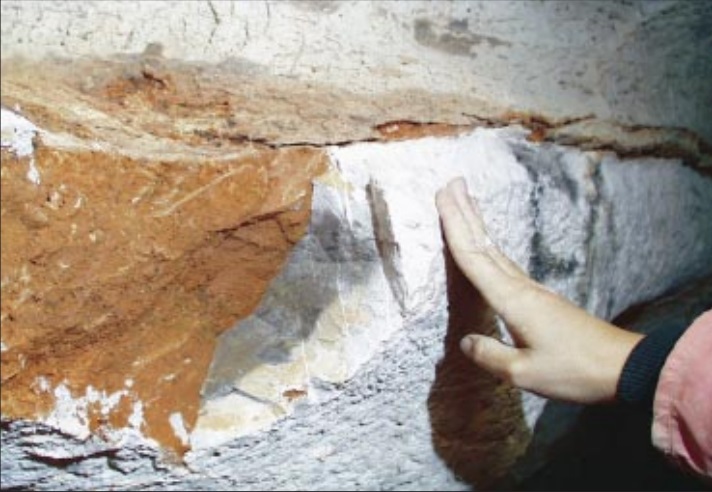Origin of Fine-Grained Carbonate Clasts in Cave Sediments
DOI:
https://doi.org/10.3986/ac.v31i2.392Abstract
V vzorcih jamskih klastičnih sedimentov se velikokrat nahajajo velike količine drobnih karbonatnih zrn. Ugotovila sem, da je njihov izvor v mehkih belih conah preperele karbonatne kamnine s sten jamskih rovov. Preperele cone apnenca in dolomita nastajajo na jamskih stenah, kadar nanje deluje selektivna korozija. Nepopolno raztapljanje pripravi karbonatno kamnino na mehansko erozijo in transport njenih trdnih delcev. Kjer je preperela karbonatna kamnina v stiku z vodo, tekočo ali kapljajočo, ta lahko trga njene, s selektivnim raztapljanjem izpostavljene delce. Voda jih odnaša naprej po rovih, ko transportna moč vode pade, se delci usedajo v obliki drobnozrnatega karbonatnega sedimenta velikostnega reda gline, melja in drobnega peska.
In many samples of cave clastic sediments the high amount of carbonate clasts is significant. It was found out that their origin is usually in soft white zones of weathered carbonate rock on cave walls. Weathered zones of limestone or dolomite form on the cave walls when the selective corrosive is going on. Incomplete dissolution prepares the carbonate rock for the mechanical erosion and transport of its particles. Where the weathered carbonate rock is in contact with water, both flowing and dripping, it may tear off the particles resulting from selective corrosion. Water carries them along cave passages and when its transporting power decreases, particles accumulate in the form of a fine-grained autochthonous carbonate deposit, in size of clay, silt or fine sand.
Downloads

Downloads
Published
How to Cite
Issue
Section
License
Authors guarantee that the work is their own original creation and does not infringe any statutory or common-law copyright or any proprietary right of any third party. In case of claims by third parties, authors commit their self to defend the interests of the publisher, and shall cover any potential costs.
More in: Submission chapter




